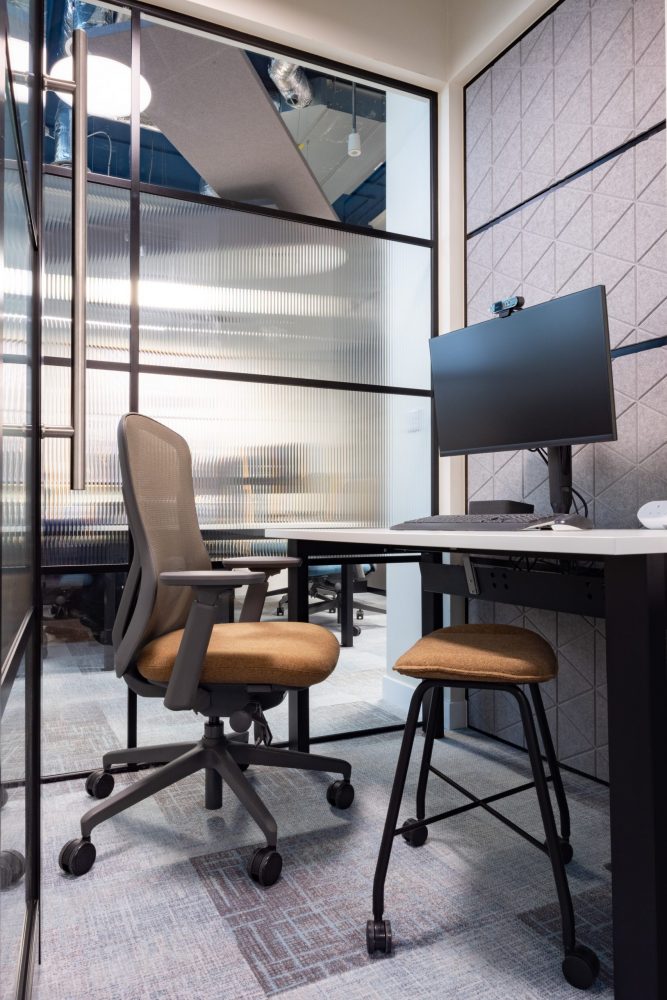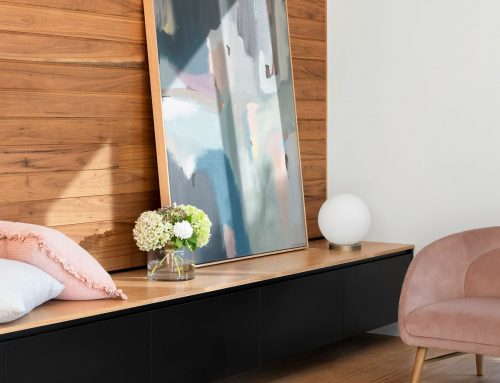In the blog this week we’re discussing the power of ergonomics. At Wylde, we believe that design should always be intuitive, human-centric, and inspiring. The way a workspace is shaped has a profound impact on how people feel, work, and interact. Nowhere is this more evident than in workplace ergonomics. Thoughtful design can transform an office from a place of discomfort and fatigue into an environment that nurtures well-being, creativity, and productivity.
A well-designed workspace should never be an afterthought. Poor ergonomics lead to physical strain, musculoskeletal issues, and reduced efficiency. Prolonged sitting, incorrect screen positioning, and inadequate lighting all contribute to discomfort that affects both body and mind. Good design supports people in the way they naturally move and work, allowing them to perform at their best without compromise. Ergonomics isn’t just about office furniture—it’s about creating an ecosystem where employees can thrive.
Chairs, desks, and monitors are the foundation of ergonomic office design. Adjustable seating with proper lumbar support promotes good posture, reducing back pain and improving circulation. Height-adjustable desks give employees the flexibility to switch between sitting and standing, combating the negative effects of a sedentary workday. Screen positioning at eye level helps prevent neck strain, while ergonomic keyboards and mice support natural hand movements, reducing the risk of repetitive strain injuries. These aren’t just features; they are design choices that put people first.
Lighting is equally important in workplace ergonomics. Natural light enhances mood and focus, but when this isn’t possible, well-considered artificial lighting can make all the difference. Too much glare, excessive blue light exposure, or dim environments can lead to eye strain, headaches, and fatigue. The right balance of task lighting and ambient light ensures comfort throughout the day. Acoustics, often overlooked in office design, also play a key role. A noisy workspace can be stressful and distracting, so integrating soft furnishings, acoustic panels, and quiet zones enhances concentration and overall satisfaction.
Encouraging movement is another essential aspect of ergonomic design. At Wylde, we know that great spaces don’t just support work; they encourage natural interactions and activity. Offices that include breakout areas, informal meeting spaces, and opportunities to move throughout the day create a more dynamic and engaging environment. Whether it’s through active workstations, standing meetings, or simply designing routes that encourage walking, movement is essential for both physical and mental well-being.
A truly ergonomic workplace doesn’t just benefit individuals—it creates a ripple effect that enhances the whole organisation. Comfortable, supported employees are more engaged, creative, and productive. When businesses invest in ergonomics, they see fewer workplace injuries, lower absenteeism, and higher job satisfaction. Prioritising employee well-being is a statement of intent, a commitment to fostering a workplace culture where people feel valued.
Good design should be intentional, intuitive, and always focused on enhancing the way people live and work. By integrating ergonomic principles into office spaces, we create environments where employees can do their best work—comfortably, efficiently, and happily. After all, the best workplaces are those designed with people at their heart!






